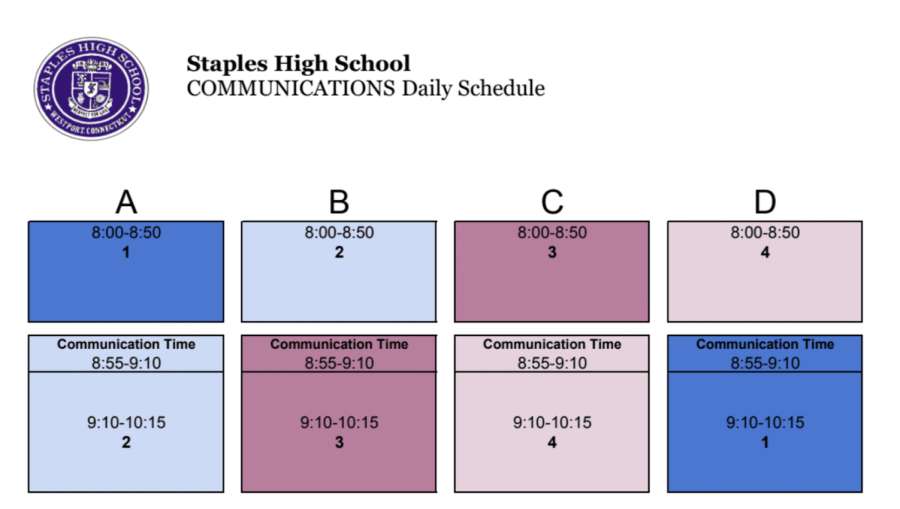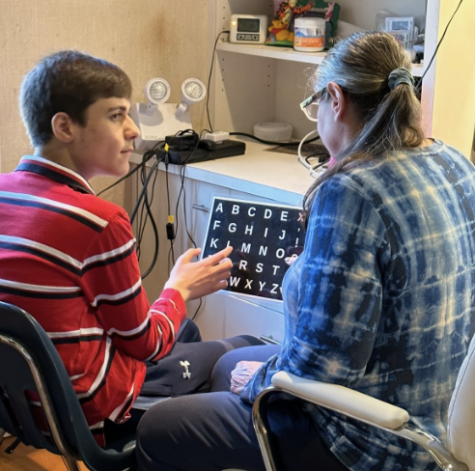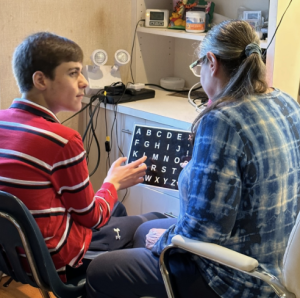Communication time: where did it go?
On a dull and draining Monday morning, the absolute last thing that I want to do is sit through the 1 hour and 20 minute long second period. In the beginning of the year, I would look forward to the 15 minute time period in the beginning of the class that would be dedicated to communication time, but as the year has gone on, that time has decreased into a mere five minutes, if implemented at all.
Communication Time enables students to relax for a short period of time before their long period class. On the rare occasion that a teacher does allow my second block class to enjoy Communication Time, I usually use that time to relax and talk with my friends before the hour long class. This break, though it is only 15 minutes long, really does help me.
According to the University of Connecticut, it has been proven that just a 10 minute break can “decrease stress, increase productivity, boost brain function and provide opportunities for children to learn social skills.” In light of this information, it sounds even more essential for students to have a short break in between classes.
According to the Staples High School website, Communication Time should take place on every non-Connections day for 15 minutes at the beginning of second period, so why have very few teachers implemented this schedule?
Communication Time enables students to relax for a short period of time before their long period class.
— Storey Ahl ’25
I acknowledge that in some instances, it is necessary for the teacher to utilize the entire period. In my math class when we have a test, we use the 15 minutes allotted for communications time to review for the test. Or in my history class, we use the full long period to write a Document Based Question (DBQ), which takes more than an hour.
While I understand that in certain classes, it is necessary to use the entire 1 hour and 20 minute period and that teachers absolutely have the right to choose what to do with communication time and how long to extend it, but I believe that the benefits of communication time are strong enough to urge teachers to reconsider whether or not they implement it into their classes’ schedule.

Staff Writer Storey Ahl ’25 enjoys playing field hockey and cooking, which both activities have prompted her to join Inklings.
“I plan on writing...






























































